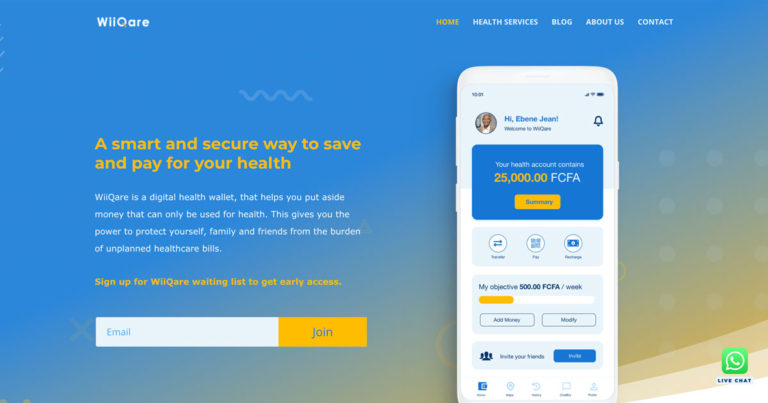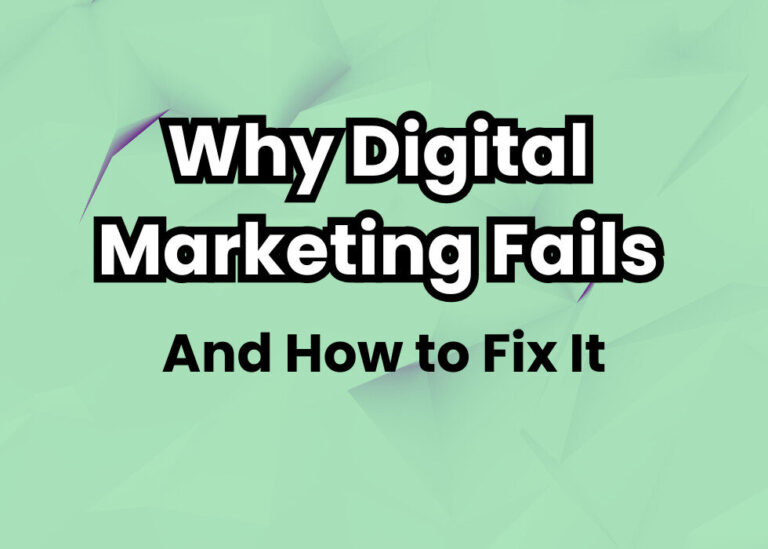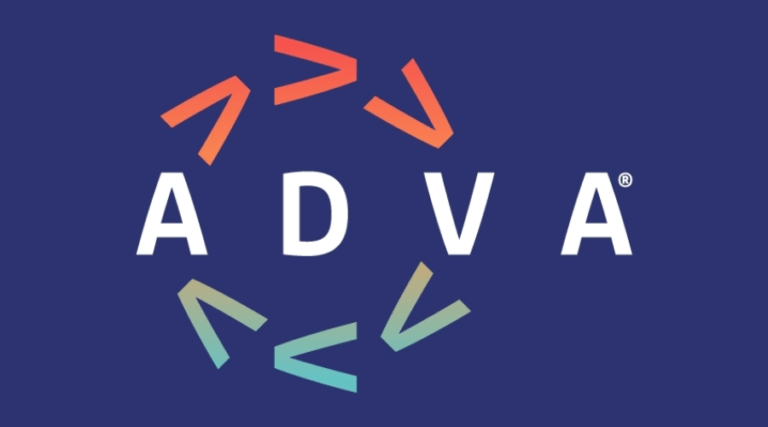How Digital Lending has Been Evolving Over the Past Decade

A lot has changed since the dawn of technology around the world, especially with the arrival of the internet. The emergence of the internet a few years ago also saw the birth of digital lending.
Borrowing money and getting loans have become easier thanks to new technology, and the previous technique of borrowing was not that helpful for borrowers.
Several lending organizations have launched digital lending in the previous ten years. But, what exactly is digital lending? The term “digital lending” refers to loans done over the internet.
It is a procedure in which you borrow money from a lender and then utilize it to buy things or withdraw cash. The lender may also provide you with interest rates and other benefits to make the procedure easier.
With so many various goods and services accessible, it’s no surprise that digital lending has evolved dramatically over the last ten years.
The following are some of the most significant changes:
1. The Increasing Influence of Online Lenders
In the early 2000s, the influence of online lenders was severely limited. They didn’t have the same reach as traditional lenders, and only a tiny number of people could use them. However, in the recent decade, this has altered.
Online lenders have grown in strength, and they are now accessible to a broader audience.
2. The Evolution of Mobile Lending Apps
Another major aspect in the expansion of online lenders is mobile apps. They are far handier, as they allow borrowers to seek assistance from a variety of lenders. This has greatly increased the accessibility and convenience of internet lending.
Many loan apps are available in the App Store and Google Play Store. Users can borrow money from a lending institution, such as a bank or credit union, through lending applications. After the loan has been accepted, the user must repay the loan over time, usually with interest.
Digital lending apps are an excellent way to obtain funds for a variety of purposes. There are numerous of them, each with its own distinct feature.
Here are a few of the most popular loan apps on the market right now:
1. Venmo
Venmo is one of the most widely used lending apps today. It makes it simple to borrow money from friends and family as well as from lenders. Venmo also provides excellent customer service.
2. LendingClub
Another famous lending app is LendingClub. You can borrow money from a range of lenders, as well as friends and family members, through LendingClub. LendingClub also provides excellent customer service.
3. Earnin
Earnin Loan is an online loan application that assists borrowers in obtaining the most favorable interest rates and terms. The app has a simple layout and offers the most up-to-date loan offerings.
3. Mobile Banking’s Ascension
Lenders are seeing a surge in demand for digital loans as mobile banking becomes more widespread. This is the most important truth for small enterprises that cannot pay standard lending costs.
Signing up for a free loan sharks account is one of the greatest ways to get started with mobile banking. You can borrow money from a number of lenders through loan sharks, all of whom are insured. As a result, mobile banking is an excellent way to obtain quick and simple loans.
Signing up for a free lending account at lender.com is another wonderful way to get started with mobile banking.
Lender.com has a wide range of loans available, including digital loans. You can get money from a number of different lenders, all of whom are insured. As a result, mobile banking is an excellent way to obtain quick and simple loans.
4. The Rise of Online Lending Platforms and Social Media
For a long time, social media has been a tremendous instrument for marketing and advertising. What about financing, though?
In recent years, online lending sites have significantly improved. Borrowers and lenders can connect and make loans through these websites.
The prevalence of social media has also aided the rise of online lending businesses. To market their services and communicate with borrowers and lenders, most online lending sites use social media.
5. The Financial Crisis’ Impact on Digital Lending
The global financial crisis wreaked havoc on the lending industry. Fearing being caught in a flood of defaults, banks, and other lenders became hesitant to issue credit.
This increased borrowing costs, which disproportionately affected businesses and individuals. People were unable to borrow money to buy food or pay their rent in some situations, resulting in significant social unrest. A wave of bank collapses followed the crisis, causing significant economic suffering.
6. Data Analytics’ Impact on Lending
Data analytics has had an unmistakable impact on the advancement of digital lending. Lenders can improve their lending procedures and spot patterns in borrower behavior by employing data analytics.
Data analytics can be used by lenders to:
- Identify risk factors associated with specific borrowers
- Determine whether a borrower is likely to repay a loan
- Evaluate a borrower’s creditworthiness
- Evaluate a borrower’s ability to repay a loan
- Evaluate a borrower’s ability to find a job
Conclusion.
The evolution of digital lending over the last ten years is a story of how the industry has progressed. When the first online lending services were introduced in 2006, it was a unique and exciting concept. This essay highlights the manner in which digital lending has evolved over the previous ten years.







